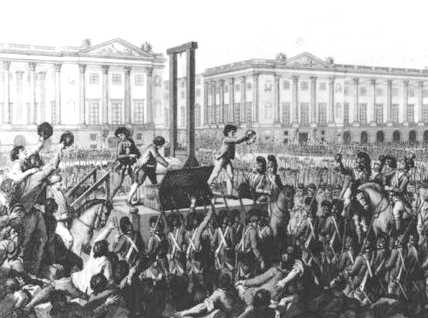On December 26th, Washington's Army crossed the Delaware and surprised the British at Trenton. The main attack was made by 2,400 troops under Washington on the Hessian Garrison. Washington's troop’s achieved total surprise and defeated the British forces. The American victory was the first of the war, and helped to restore American morale. General Washington was not willing to remain on the defensive and go into winter quarters, after being forced to withdraw all the way across New Jersey. Washington knew that after the extended string of defeats he would need to take action to bring about a victory in order to maintain American moral and to convince Americans, as well as the world that the Continentals had a chance against the British.
On December 22nd Washington convened a Council of War to discuss his options. That evening Washington held a second Council of War, at which point a plan was decided upon. The council voted to launch a surprise attack on the British troops in Trenton on the day after Christmas. The plan was both straight-forward and complex. The plan called for Washington to cross the Delaware, ten miles North of Trenton on Christmas night. The plan further called for two additional forces crossing the Delaware to support Washington's troops; one to block the British line of retreat and the second to create a diversion. American forces were meant to arrive in Trenton before dawn in what was hoped to be a surprise attack.
American forces began their crossing at the McConkey Crossing on Christmas night. The crossing was difficult, but the American managed prevailed. Then American forces began a 10 mile march through the snow to Trenton. General Washington went up and down the line encouraging the soldiers. Before they reached Trenton Washington divided his forces. At 8 am in the morning, with his men on two sides of the town, Washington gave the order to attack.
The town of Trenton was defended by a force of 1,500 Hessian (German mercenary soldiers), commanded by Colonel Rall, a veteran officer. Rall failed to send out patrols that morning. As a result, the American surprise was complete. The Hessians tried to put up a defense, but they were effectively surrounded. The Americans successfully brought up their artillery. The Hessian commander, Roll was killed, and the Hessians were forced to surrender. 150 Hessians were killed or wounded. Nine hundred Hessians were made prisoners. However, 500 Hessians did escape, because the American blocking force was unable to cross the Delaware.
Washington and the American forces won a tremendous victory. The Americans totally vanquished the British force, capturing both soldiers and vital supplies. Most importantly, they ended the string of British victories and restored American morale.










